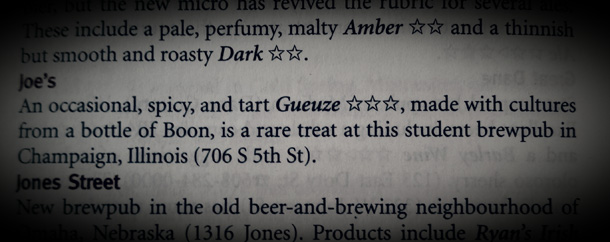 Thursday was IPA Day. Friday was International Beer Day. It was also the first Friday of the month, so Session Day. You have to pick your spots and this is mine. Gail Ann Williams has told us the topic is Hazy, Cloudy, Juicy: IPA’s strange twist and asking and answering “What’s the deal with these beers? We’re going to find out together.”
Thursday was IPA Day. Friday was International Beer Day. It was also the first Friday of the month, so Session Day. You have to pick your spots and this is mine. Gail Ann Williams has told us the topic is Hazy, Cloudy, Juicy: IPA’s strange twist and asking and answering “What’s the deal with these beers? We’re going to find out together.”
I think you are going to have to find out without me, at least for now. Right now I have more questions than answers, and feel a bit guilty about that. I want to know just how hazy these beers need to be to provide the aroma and flavor drinkers expect. How stable the appearance will be. The aroma and flavor. Questions I’ve been asking brewers and other hop smart people for most of 2017.
John Duffy’s Session post makes it evident that first of all we need to identify what they should be looking for. Defining a style — wait, don’t run away — means identifying expecations. I’m on my second pass through Flavor: The Science of Our Most Neglected Sense, which is a fascinating reminder of how much more there is to learn about how our brains turn odor compounds into aroma (and then flavor). The interaction of odor and visual, not to mention sometimes sound “Listen to your beer” – Fred Eckhardt) is astonishingly powerful.
In addition, Friday I talked about hops at Side Project Brewing and those in attendance sampled both bright and hazy beers. To get those beers they had to commit to listening to me ramble on about hops (kind of testing their Lupulin Threshold in a new way). The hazy beers were different, and excellent in their own way. Rather obviously brewers are learning to wring more out of odor compounds in hops and consumers are willing to pay for the experience. There’s more science to be figured out, and then I’ll have plenty to write.

